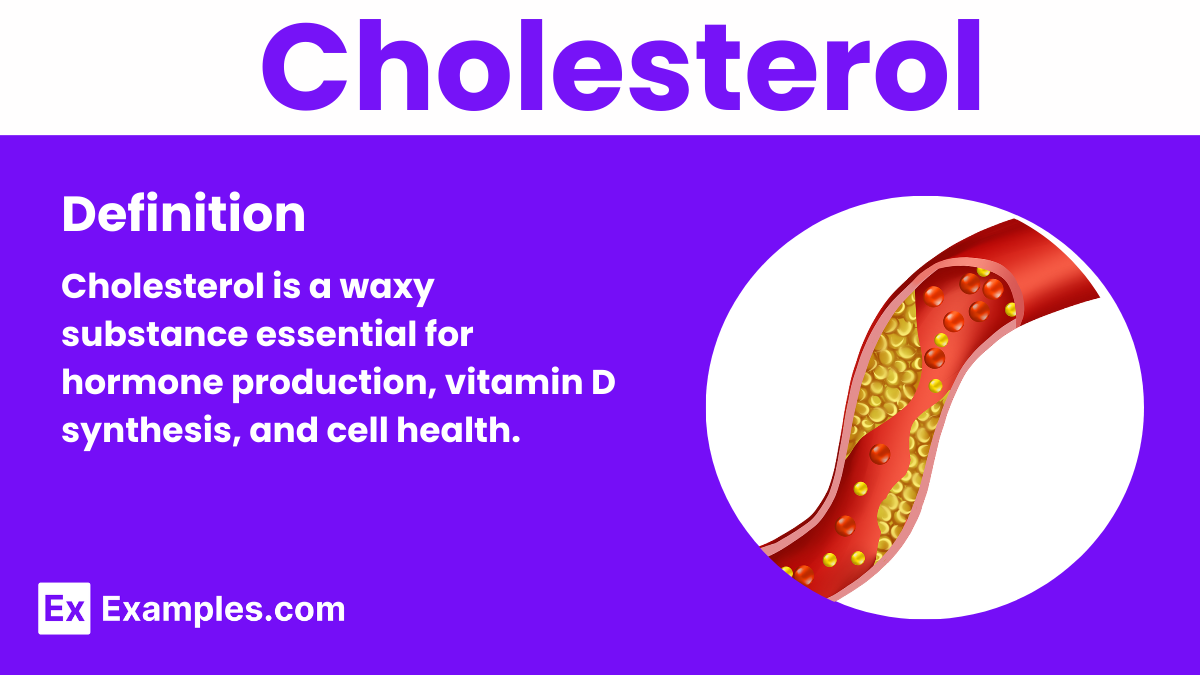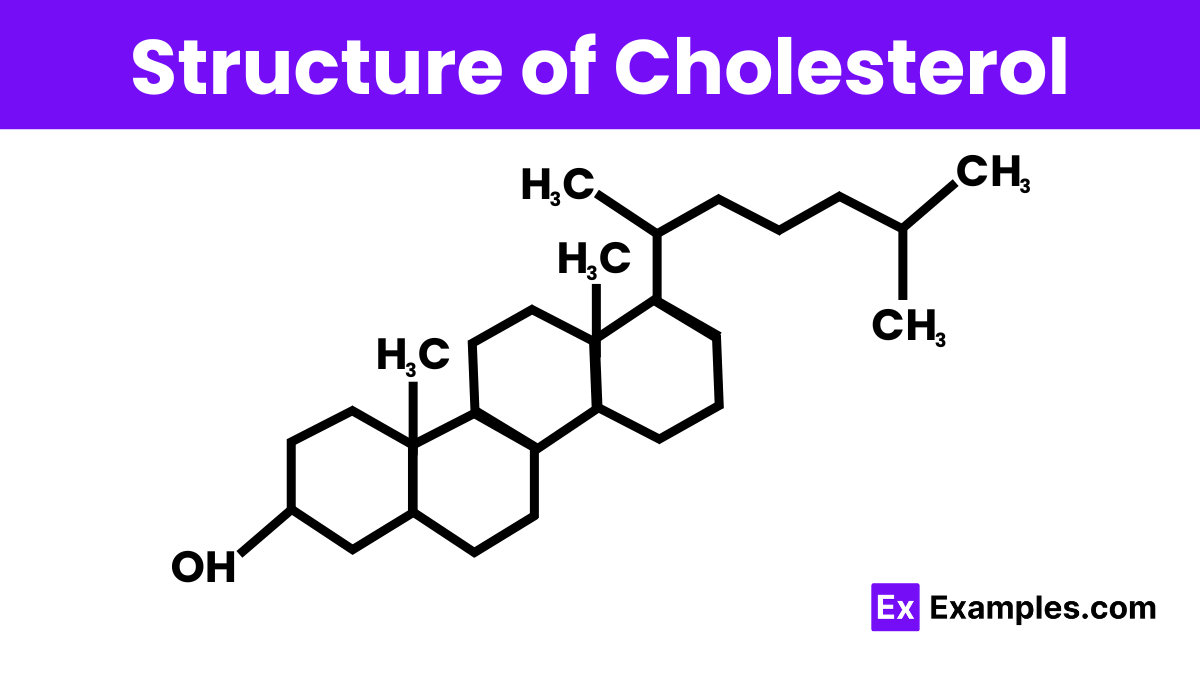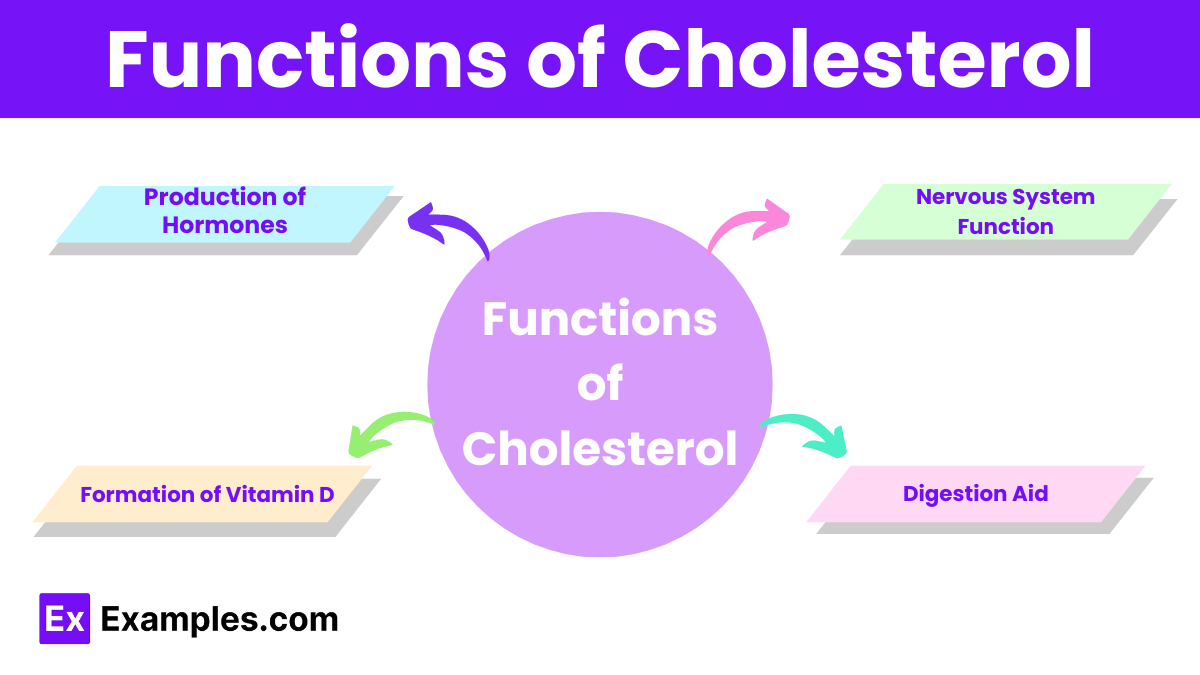Cholesterol is primarily found in
Plant cells
Animal cells
Fungi
Bacteria


Cholesterol is a waxy, fat-like substance that belongs to a group of organic compounds known as lipids. It is essential for building the structure of cell membranes, producing certain hormones, and aiding in the digestion of fats. Your body naturally produces all the cholesterol it needs, but it’s also found in foods like meat, dairy, and eggs. Despite its important roles, too much cholesterol in the blood can lead to heart disease, making it crucial to understand and manage its levels. This organic compound plays a central role in many biochemical processes, emphasizing its importance in both health and chemistry.
Often referred to as “bad” cholesterol, LDL carries cholesterol from the liver to the cells. If too much is delivered, it can build up in the walls of the arteries, leading to plaque formation and increasing the risk of heart disease.
Known as “good” cholesterol, HDL helps remove cholesterol from the arteries, transporting it back to the liver for removal from the body. High levels of HDL are associated with a lower risk of heart disease.
This type primarily carries triglycerides, another type of fat, to tissues. VLDL is considered less atherogenic than LDL, but high levels can still contribute to the development of plaque in arteries.
IDL is a transitional form of lipoprotein that results from the degradation of VLDL. It can be further processed into LDL, which is a risk factor for atherosclerosis.

The structure of cholesterol features a complex ring system that includes three six-membered hydrocarbon rings and one five-membered ring, collectively known as a sterol nucleus. Attached to this sterol nucleus is a hydrocarbon tail at the 17th carbon in the D-ring, and a hydroxyl group at the third carbon in the A-ring, which classifies it as an alcohol. This molecular arrangement makes cholesterol both hydrophobic and slightly hydrophilic, allowing it to interact with different substances within the body’s cells and blood.

Cholesterol is critical for synthesizing steroid hormones, including sex hormones like estrogen and testosterone, and adrenal gland hormones like cortisol, which help regulate metabolism, immune function, and stress response.
Cholesterol in the skin helps convert sunlight into vitamin D, an essential nutrient that plays a crucial role in bone health, immune function, and inflammation regulation.
Cholesterol, a component of bile acids, aids the digestion and absorption of dietary fats and vitamins in the intestine.
Cholesterol is vital for maintaining the structural integrity and fluidity of cell membranes. It helps cells adapt to changes in temperature and provides protection for the cell.
Cholesterol is important in the formation of myelin, the protective sheath that covers nerve fibers. This myelin sheath speeds up the transmission of electrical impulses along nerve cells, enhancing communication within the nervous system.
It is essential for health as it supports the production of vitamin D, hormones, and substances that aid in digestion, and it is crucial for cell membrane structure. However, while necessary, excessive levels, especially of Low-Density Lipoprotein (LDL) cholesterol, can be harmful. High LDL cholesterol can accumulate in blood vessels, leading to plaque formation and increasing the risk of cardiovascular diseases such as heart attacks and strokes. Therefore, maintaining cholesterol within recommended levels is vital to prevent these health issues.
Foods like red meat and full-fat dairy can increase cholesterol levels.
Cholesterol is crucial for brain nerve cells but not the sole component.
Unfiltered coffee, such as espresso, contains compounds that can slightly increase cholesterol levels.
High cholesterol itself typically shows no symptoms; detection is through blood tests. However, signs of related complications may include chest pain, heart attack, stroke, mini-strokes, and artery blockage.
Text prompt
Add Tone
10 Examples of Public speaking
20 Examples of Gas lighting
Cholesterol is primarily found in
Plant cells
Animal cells
Fungi
Bacteria
Which organ in the human body produces the majority of cholesterol?
Kidneys
Heart
Liver
Lungs
Which of the following is known as "good" cholesterol?
LDL
HDL
VLDL
Triglycerides
What does LDL stand for in relation to cholesterol?
Low-density lipoprotein
Large-density lipoprotein
Light-density lipoprotein
Lipid-derived lipoprotein
A high level of LDL cholesterol increases the risk of:
Stroke
Hypertension
Heart disease
Diabetes
Which type of fat is most likely to raise LDL cholesterol levels?
Unsaturated fats
Trans fats
Omega-3 fats
Monounsaturated fats
Which of the following is a dietary source of cholesterol?
Almonds
Avocados
Eggs
Olive oil
Cholesterol is a precursor for the synthesis of which hormone?
Insulin
Estrogen
Epinephrine
Thyroxine
Which of the following factors is not known to increase cholesterol levels?
Smoking
High intake of fiber
Lack of physical activity
High intake of saturated fats
Which of the following foods is most likely to lower cholesterol?
Butter
Salmon
Red meat
Cheese
Before you leave, take our quick quiz to enhance your learning!

